What Payment Options Should You Offer Customers

It’s seldom highlighted in the manuals of how to start a small business and how to make money online, but offering a variety of payment options for your customers might just be something that can make or break your retail business.
These days, it’s not enough to offer cash, check, and debit and credit cards as payment methods on your store. Payment technology has evolved so much giving rise to contactless payments, mobile wallets, and EMV credit cards — all of which are easy and convenient for many consumers. Keeping up with these trends is essential to delivering a positive customer experience.
Nevertheless, upgrading your payment options to include these technologies isn’t a simple matter. It requires you to put in the work and to be financially prepared.
Here’s a peek into what these new payment methods are, what they would entail, and how they can benefit your business.
Mobile wallets
Mobile wallets were made available to the public in 2011 with companies including PayPal and Google Wallet supporting the technology. However, since adoption rates had been low in the United States, the payment method didn’t immediately take off.
Back then, one of the major concerns regarding mobile wallets was security. Moreover, consumers didn’t see at that time how it can be more convenient than traditional cards. It was only when Apple launched its own mobile wallet, Apple Pay, that people took another look at this technology in a more optimistic light.
A few things that might have stirred a more positive interest in mobile wallets is their tokenization, which prevents any identifiable customer information from being stored or transmitted, and a network of over 200,000 partners.
Adoption of this technology is still fairly low, but you might still want to consider getting into mobile wallets early on given Apple’s reputation for innovation and trendsetting record.
Contactless payments
Smartphones have become standard accessory, so it’s only matter of time when people simply need to wave their phones to pay for anything. This is the magic of contactless payments, and it’s expected to become increasingly popular.
The main advantage of contactless payments is operational efficiency. By using this payment technology, you can process more customer transactions per hour and you will need fewer staff to handle manual payment transactions.
A significant amount of investment, however, may be required in setting up contactless payment technology. Before enjoying the long-term cost savings, you’ll have to shell out money to upgrade your existing terminals and to maintain both traditional and contactless payment terminals until all your customers are ready to fully embrace the latter.
EMV credit cards
EMV credit cards feature a chip-based reader on their front side instead of the magnetic strip found on the back of old credit cards. This makes EMV credit cards superior as it ensures enhanced customer data security. That is why credit card networks have mandated a transition to this type of cards in 2015.
Nevertheless, there are still small businesses that failed to comply with this update. Upgrading to EMV terminals isn’t cheap, so some businesses couldn’t easily accommodate this change. But take note that the cost of non-compliance certainly outweighs the investment you need to make especially if there is a security breach.
Keeping up with technology is a must for businesses. Always make sure that you’re aware of your customers’ payment expectations so that you can offer them a better shopping experience. No amount of online business marketing tactics can save your company if you’re not willing to incorporate new technology.










